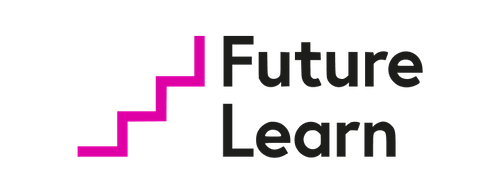Advanced Archaeological Remote Sensing: Site Prospection, Landscape Archaeology and Heritage Protection in the Middle East and North Africa
Course Features
Duration
6 weeks
Delivery Method
Online
Available on
Lifetime Access
Accessibility
Mobile, Desktop, Laptop
Language
English
Subtitles
English
Level
Advanced
Effort
3 hours per week
Teaching Type
Self Paced
Course Description
Course Overview
International Faculty
Post Course Interactions
Instructor-Moderated Discussions
Skills You Will Gain
What You Will Learn
Perform remote sensing tasks with free satellite imagery
Perform basic analysis with topographical data
Apply georeferencing techniques to historic maps and imagery
Create great maps with QGIS
Report accurately the data sources you have used
Target Students
This course is designed for anyone interested in remote sensing and its uses within archaeology and cultural heritage.
It will be particularly useful for researchers and heritage professionals working in countries in the Middle East and North Africa (MENA) region.
Course Instructors
